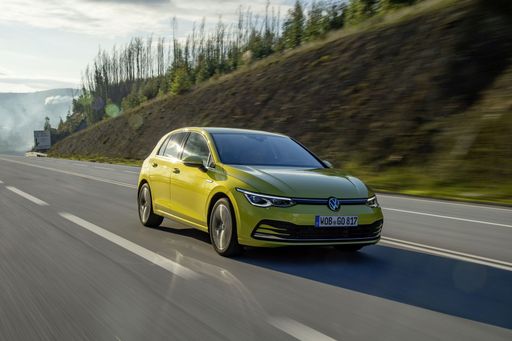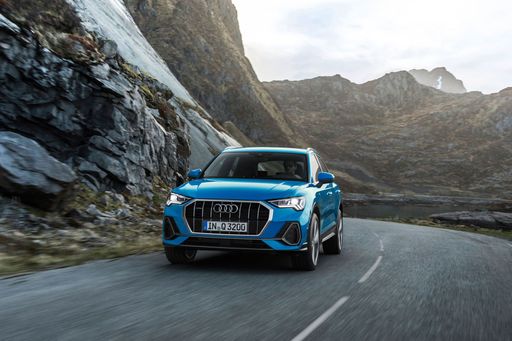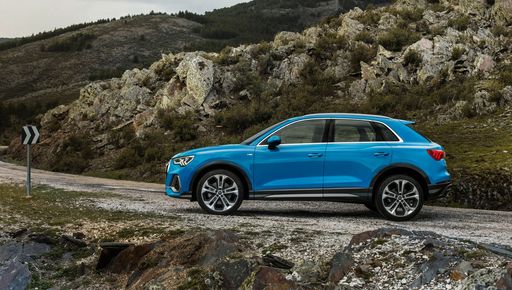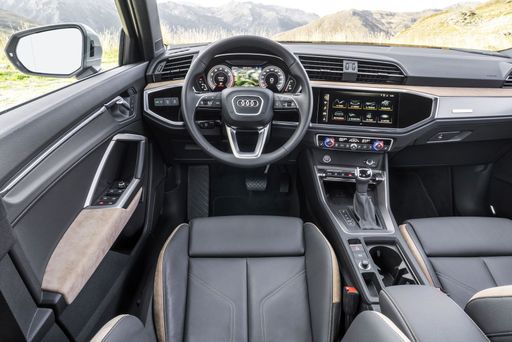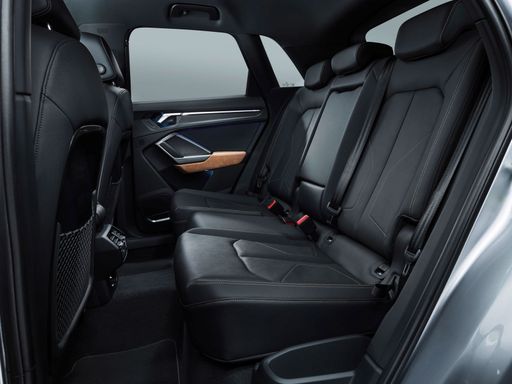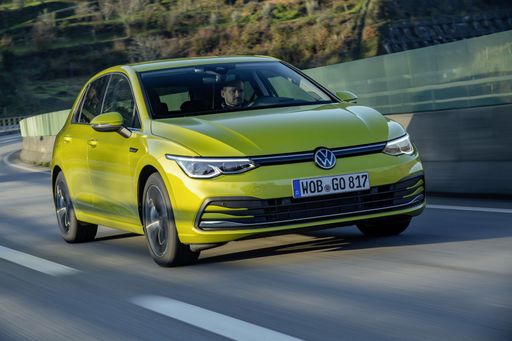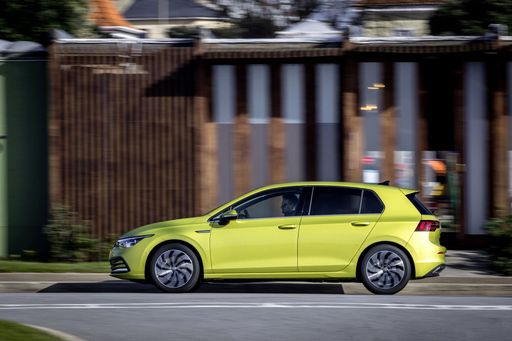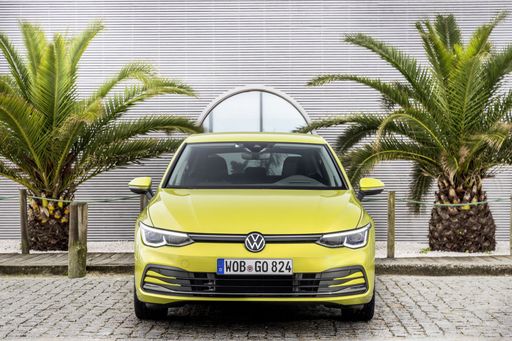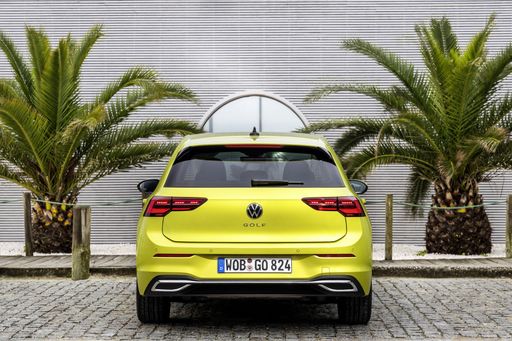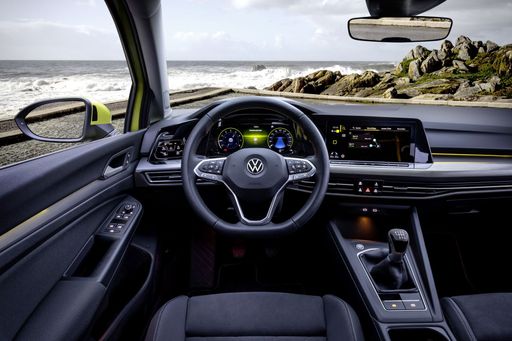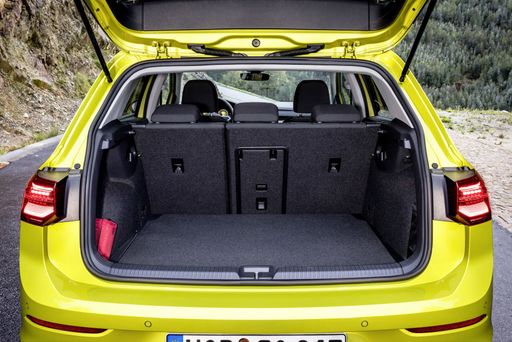The Audi Q3 and VW Golf: A Detailed Comparison
When it comes to choosing the perfect car, both the Audi Q3 and VW Golf offer compelling features and performance metrics that make them stand out. Whether you're looking for power, efficiency, or style, these two models cater to varied preferences. Let's delve into an in-depth comparison to help you make an informed choice.

